Point Beach nuclear power plant.
The Nuclear Regulatory Commission has issued for public comment a draft environmental impact statement on NextEra Energy’s application for the subsequent license renewal of its Point Beach reactors, located in Two Rivers, Wis. Subsequent license renewal allows a reactor to operate for 20 years beyond the expiration of its original license renewal.
More than 550 employees will join Framatome as part of its acquisition of Rolls-Royce’s I&C business. (Photo: Business Wire)
French nuclear reactor company Framatome has completed its purchase of Rolls-Royce Civil Nuclear Instrumentation and Control. Framatome announced in December 2020 that it had agreed to acquire Rolls-Royce’s I&C business, which has operations in France, the Czech Republic, and China.
According to Framatome, the transaction builds on the company’s engineering expertise, enlarges its industrial footprint, and expands its global I&C systems development and deployment capabilities.
The Barakah nuclear power plant. Unit 3 is the second from left. (Photo: Emirates Nuclear Energy Corporation)
The construction of Unit 3 at the United Arab Emirates’ Barakah nuclear power plant has been completed, the Emirates Nuclear Energy Corporation (ENEC) announced yesterday on the sidelines of COP26, the high-profile climate confab taking place in Scotland this week and next.
According to ENEC’s announcement, Barakah-3 will now undergo operational readiness activities and is on track to start up in 2023.
Artist rendering of a NuScale SMR plant.
On the sidelines of the COP26 Conference in Glasgow yesterday, John Kerry, the Biden’s administration’s special presidential envoy for climate, joined Romanian president Klaus Iohannis to announce plans to build a first-of-a-kind small modular reactor plant in Romania. The SMR technology is to be provided by NuScale Power, based in Portland, Ore.
Vogtle-4 containment as it appeared last month. Photo: Georgia Power
In what has become for nuclear advocates an all-too-familiar refrain, Georgia Power has made another revision to the Vogtle nuclear expansion project schedule. The company now predicts a Unit 3 in-service date in the third quarter of 2022 and a Unit 4 in-service date in the second quarter of 2023, representing a three-month shift for each unit.
An F-35A Lightning II takes off from Eielson Air Force Base in Alaska on July 1, 2021. (Photo: U.S. Air Force/Airman 1st Class Jose Miguel T. Tamondong)
The Department of the Air Force has selected Eielson Air Force Base as the site of a stationary microreactor that “will provide the installation with a clean, reliable, and resilient nuclear energy supply technology for critical national security infrastructure,” the department announced on October 15.
Limerick nuclear power plant. (Photo: Arturo Ramos)
The Department of Energy is providing $50 million in a cost-sharing project with Exelon Generation to digitalize the control room at the company’s Limerick nuclear power plant, the department announced yesterday. Once implemented, the facility will house the first fully digital safety system upgrade at a U.S. nuclear power plant.
Nuclear power capacity by scenario, 2020–2050 (STEPS: stated policies scenario, APS: announced pledges scenario, NZE: net-zero emissions by 2050 scenario). (Graphic: IEA World Energy Outlook 2021)
The International Energy Agency released its flagship report, World Energy Outlook 2021, on October 13, “at a time when policymakers are contending with the impacts of both climate change and volatile energy markets” and ahead of the COP26 Climate Change Conference in Glasgow, which begins October 31. With a net-zero emissions by 2050 (NZE) scenario that calls for nuclear power capacity to almost double by 2050, the report acknowledges that rapid development of advanced nuclear technologies could expand opportunities for nuclear energy to provide low-carbon electricity, heat, and hydrogen.
October 15, 2021, 3:26PMNuclear NewsMatt Palamara, Ali Fakhar, Stephen Smith, Patrick Fabian, Nathan Lang, and George Holoman Neutron noise monitoring allowed engineers to observe and interpret vibration characteristics captured by neutron flux detectors. (Photo: PSEG/Westinghouse)
The nuclear industry has historically relied on intermittent ultrasonic test and visual inspections of pressurized water reactor components to identify and manage degradation. While this reactive approach has proven to be effective, imagine a scenario in which the degradation could propagate throughout the reactor internals, making a more proactive measure necessary to avoid a major enterprise risk to the plant. Could a utility identify the onset of degradation within the reactor internals during plant operation? If so, could a repair be developed prior to the next refueling outage to prevent additional, cascading degradation? That is exactly the situation that Public Service Enterprise Group (PSEG) and Westinghouse engineers were able to navigate over the course of the 2019–2020 operating cycle at Salem Unit 1, resulting in a tremendous success for the plant and a historic landmark in the nuclear industry, while earning the team a 2021 Nuclear Energy Institute Top Innovative Practice (TIP) award.




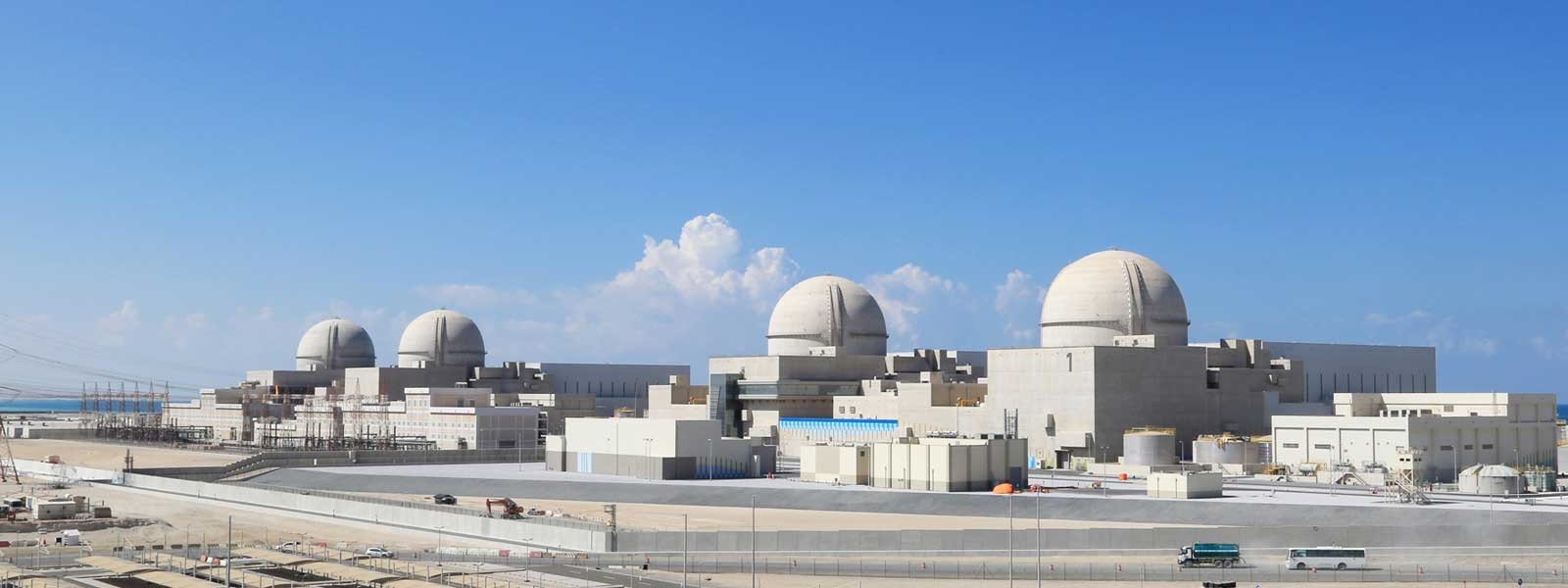
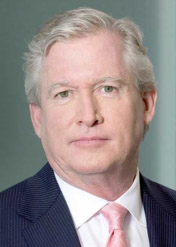
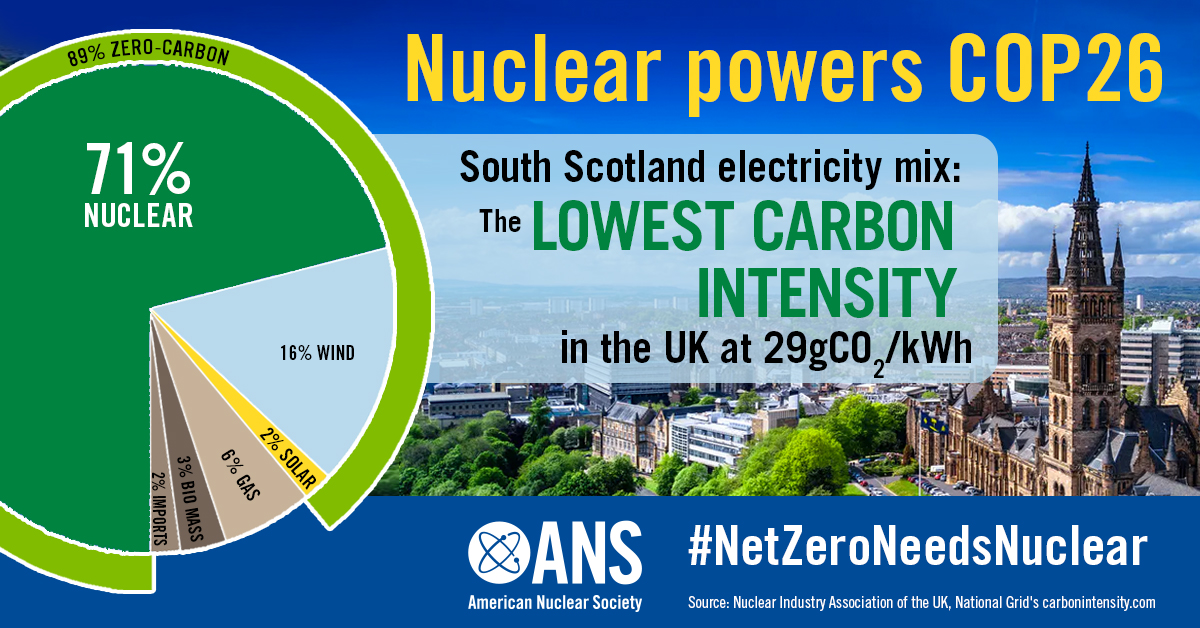
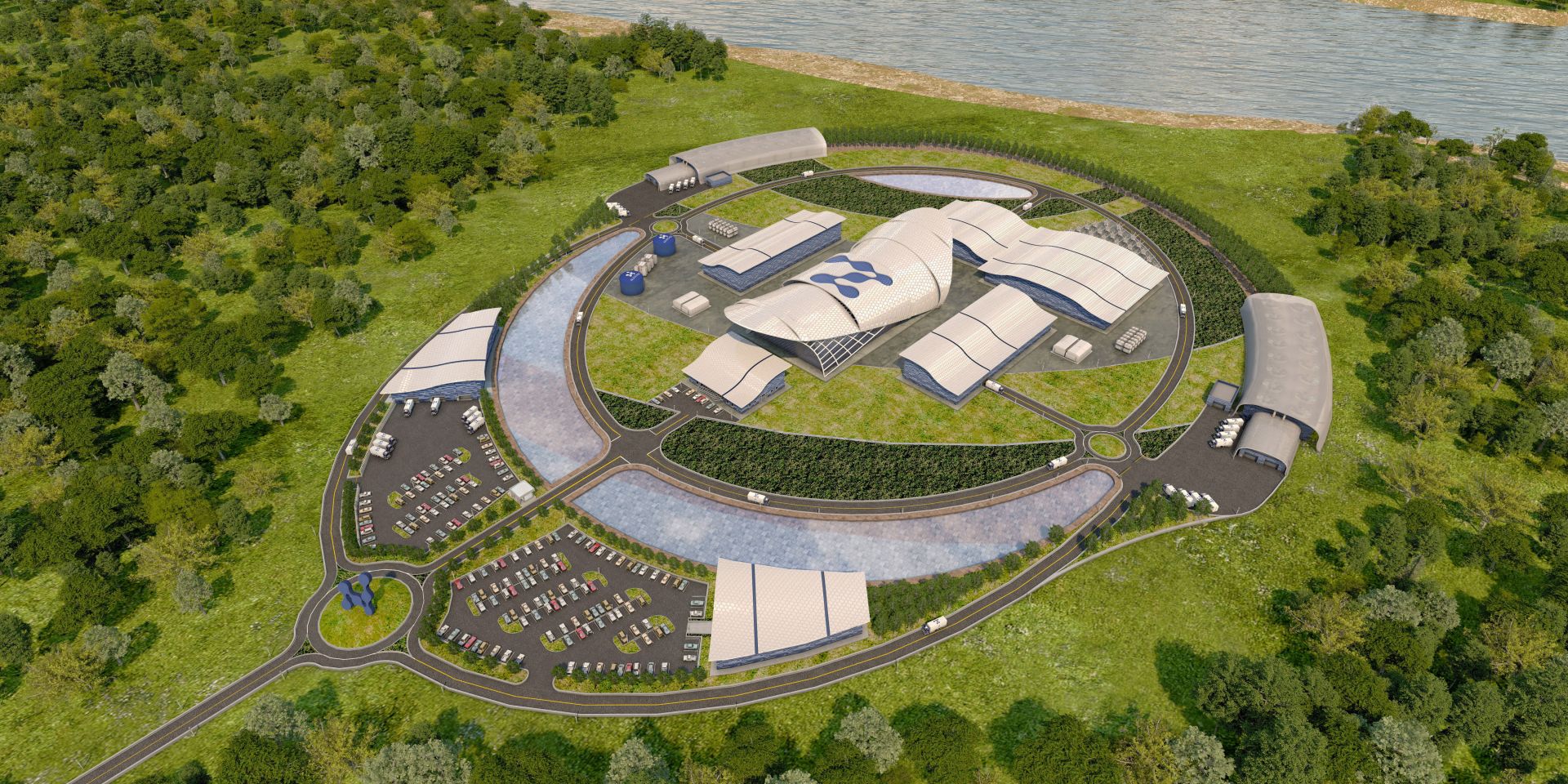

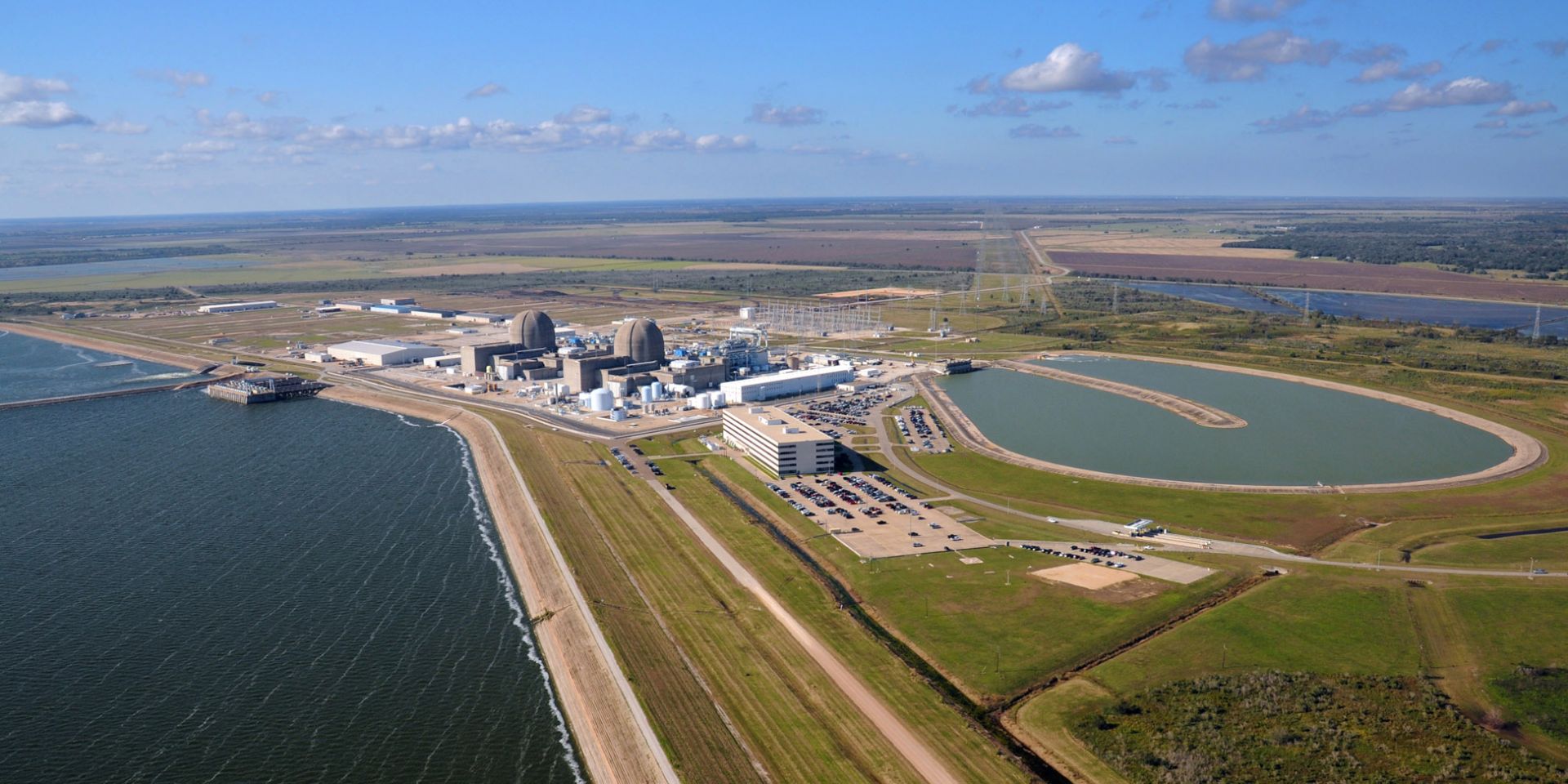





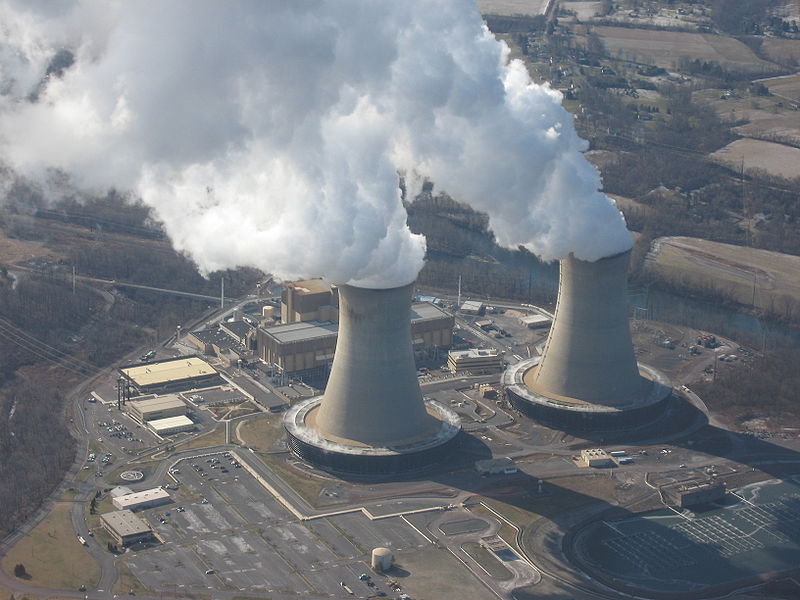
 Doubtless with the intention of influencing some of the many nuclear agnostics expected at next week’s COP26 Climate Change Conference in Glasgow, the International Atomic Energy Agency last week released
Doubtless with the intention of influencing some of the many nuclear agnostics expected at next week’s COP26 Climate Change Conference in Glasgow, the International Atomic Energy Agency last week released 


